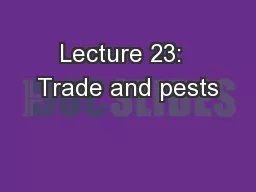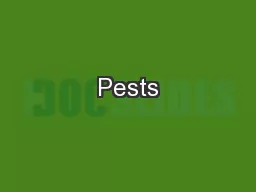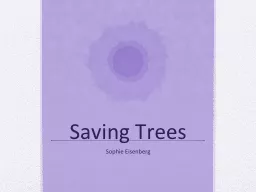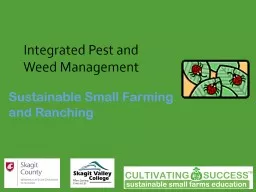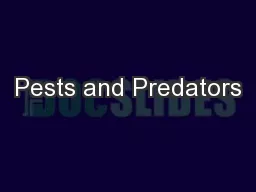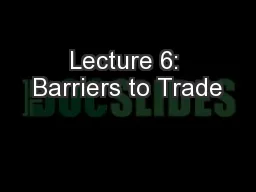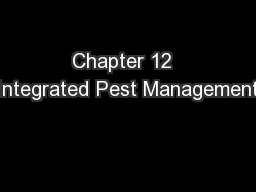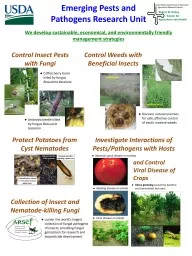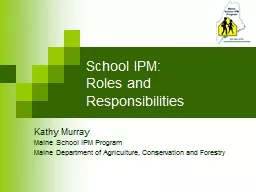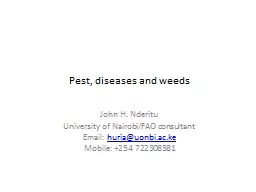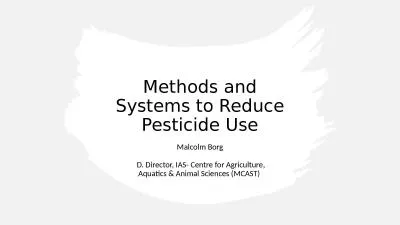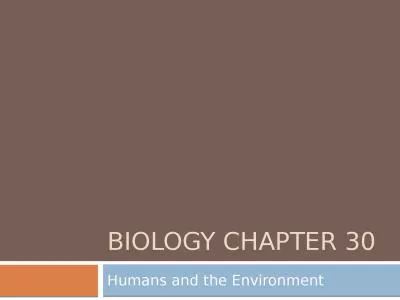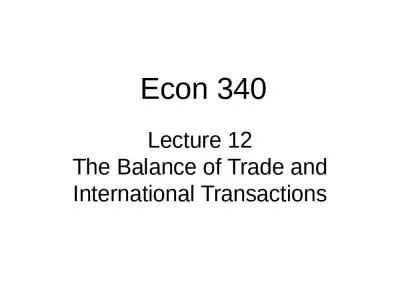PPT-Lecture 23: Trade and pests
Author : phoebe-click | Published Date : 2017-03-22
Key Points Trade and pests ID the below three species CPB SWD BMSB What is the underlying reason why problems like CPB develops Which of these three abovementioned
Presentation Embed Code
Download Presentation
Download Presentation The PPT/PDF document "Lecture 23: Trade and pests" is the property of its rightful owner. Permission is granted to download and print the materials on this website for personal, non-commercial use only, and to display it on your personal computer provided you do not modify the materials and that you retain all copyright notices contained in the materials. By downloading content from our website, you accept the terms of this agreement.
Lecture 23: Trade and pests: Transcript
Download Rules Of Document
"Lecture 23: Trade and pests"The content belongs to its owner. You may download and print it for personal use, without modification, and keep all copyright notices. By downloading, you agree to these terms.
Related Documents

